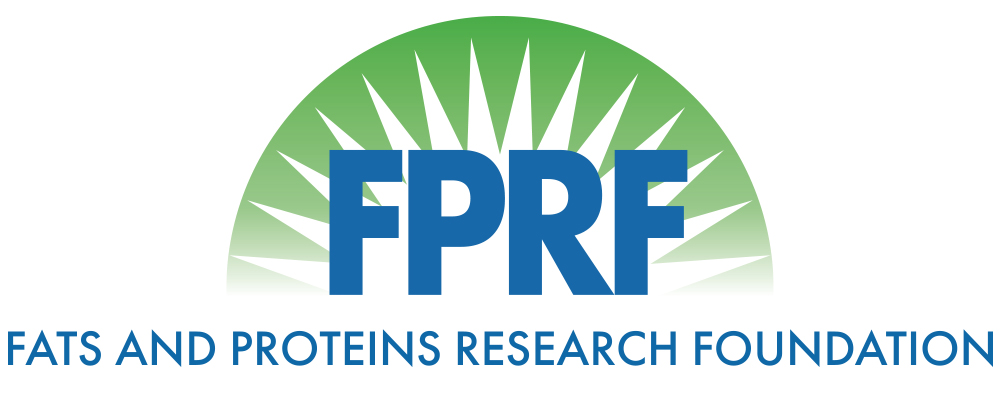Advanced Secondary Processing Nutrient Pre-testing To Improve Product Quality and Reduce Nuisance Odor Production
Title: Advanced Secondary Processing Nutrient Pre-testing To Improve Product Quality and Reduce Nuisance Odor Production
Principle Investigator:John Pierson
Year: 2002
Lay Summary/Industry Summary: Secondary processing nutrients (SPN), also called dissolved air flotation (DAF) float, skimmings or sludge, is a poultry processing wastewater treatment by-product that is often rendered. Facilities collect SPN throughout the processing day and concentrate it with gravity dewatering, a practice that also degrades SPN. Commercially available antioxidants are well tested and effective, but the product is not miscible in water. For SPN that ranges from 5-20% solids, combining an immiscible chemistry can result in globules of unused antioxidant along with large volumes of untreated, thus rancid SPN.
Primary oxidation products (peroxide value or PV) or free fatty acid (acid value or FFA) are typically used for assessing lipid-containing feedstuff (CRN, 2003). Total oxidation (TOTOX) is the combined limit of primary and secondary oxidation products measured as peroxide and anisidine values, reported as a TOTOX value based upon [2x PV + AN]. Other methods are also employed, e.g., weight gain, conjugated dienes, active oxygen method (Swift test), 2-thiobarbituric acid (TBA) value and carbonyls (hexanal), however, no standard method exists for distinguishing all oxidative changes in lipid-containing materials (Shahidi and Wanasundara, 1998).
This study evaluated methods for monitoring SPN oxidation as part of the broader assessment of SPN quality, nuisance odor generation, and the impact of SPN antioxidants upon wastewater pre-treatment systems. SPN quality evaluation (i.e., accelerated testing at 25, 35, and 40°C for 24-hours) included peroxide value (PV), p-Anisidine (p-A), thiobarbituric acid (TBA) and free fatty acid (FF A) analysis. Hexanal formation was monitored as an indicator of nuisance odors and product quality. Anaerobic bioassays were conducted to evaluate impacts upon biologic pre-treatment systems.
Although the initial goal was to assess both the primary (i.e., peroxide value) and secondary products (i.e, aldehydes) in terms of total oxidation (TOTOX), pigment interferences resulting from SPN sample preparation made iodometric methods for measuring peroxide values impractical.
FFA production increased linearly with time and but production rates varied with temperature. Data indicated free fatty acid value temperature dependence with a bimolecular rate equation. Coupled with the difficulty in discerning trends and relationships for pA and TBA, the ratio of anisidine (pA) and thiobarbituric acid (TBA) values were compared with FFA values. Analysis yielded a transition point that shifted toward initiation with increased temperature.
Antioxidant addition (250-ppm as ethoxyquin) inhibited FFA and TBA formation, especially at 40°C. Hexanal concentrations increased with temperature and were higher without ethoxyquin addition. The greatest rate ofhexanal production was at 35°C, with a decrease at 40″C. TBA concentrations were depressed as compared to anisidine for SPN samples with FFA levels below 1.5-mg/L and/or heat and ethoxyquin addition. Data indicates that hexanal formation follows time and temperature relationships similar to that of anisidine. The presence of ethoxyquin derived from the supernate of a 40°C accelerated testing sample did not have adverse effects on anaerobic waste treatment systems. Researchers conclude that comparing anisidine, thiobarbituric acid, or the ratio with either with hexanal or free fatty acid formation will provide a greater indicator of appropriate SPN quality analysis.
